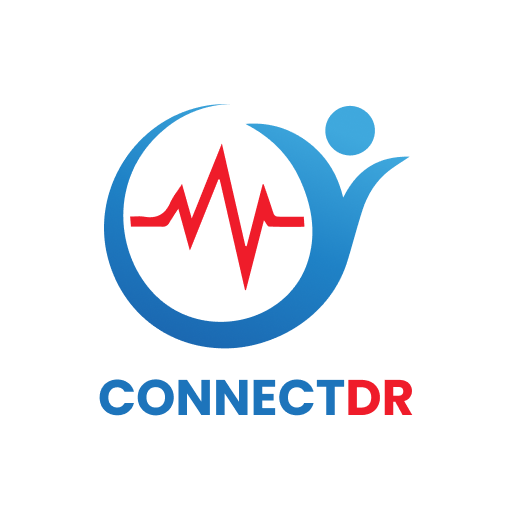Why You Should Consider Remote Prior Authorization Services Coordinators
Streamline Your Workflow. Accelerate Patient Care.

Prior authorizations are critical, but they don’t have to be time-consuming. At Connect Drs, we take the burden off your shoulders with a dedicated remote team that manages the entire process—efficiently, accurately, and in compliance with payer requirements. Let your staff focus on care while we handle the paperwork.
We’re more than just a back-office team. We’re your strategic partner in streamlining revenue cycle operations. With a strong focus on compliance, efficiency, and customer care, our virtual prior authorization experts become a true extension of your practice.
Lighten the Administrative Load
Prior authorizations often consume valuable time and energy from clinical and administrative staff. At Connect Drs, we take that burden off your team by handling the full authorization process—from verifying insurance to coordinating with payers—so your staff can focus on what matters most: patient care. With fewer interruptions, front-desk operations run smoother, and clinicians can give their full attention to patients.
Speed Up Approvals Without Sacrificing Accuracy
Delays in authorizations can result in rescheduled procedures and patient dissatisfaction. Our trained remote team understands payer-specific processes and uses advanced tools to submit requests efficiently and correctly. Most authorizations are processed within 24–48 hours, ensuring faster turnaround times and keeping treatment schedules on track. We also handle re-submissions and follow-ups so nothing falls through the cracks.
Boost Success Rates While Cutting Costs
Thanks to deep industry knowledge and proven documentation protocols, we significantly improve first-pass approval rates. That means fewer denials, less revenue loss, and a smoother billing process. Plus, by partnering with our remote team, you avoid the overhead costs of hiring in-house staff—saving up to 60% annually while still receiving expert-level support tailored to your practice’s needs.


